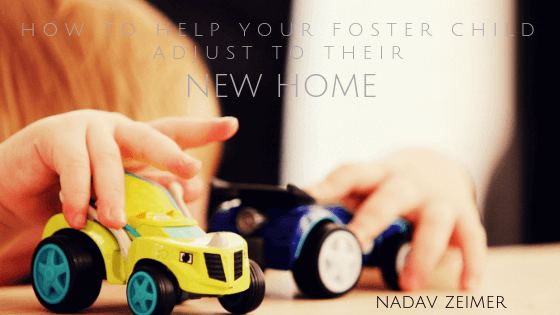One of the biggest parts of being a foster parent is helping your child to adjust to their new living situation. Your home may be vastly different than their previous living situation, and they’ll be wary of you as you aren’t their birth parents. While it may be difficult, it doesn’t mean all hope is lost. Here are four ways to help your foster child feel at home with you.
Do your homework
Before your foster child comes to your home, find out everything you can about them from the caseworker first. Ask if the child has any nicknames, what their bedtime routine looks like and if they’re afraid of anything. Once the child is settled in your home, pay attention to them. Learn what their interests are and what foods they like and dislike. All of this information will help you to get to know your child better and be able to create an environment in which they feel respected and understood.
Respect their boundaries
When your foster child first steps into your home, it may be tempting to give them a full tour, introduce them to your entire family and start asking them thousands of questions about themselves. For most children, this will feel overwhelming, but it’s especially overwhelming to a foster child. Let them adjust to your home on their own time. Don’t rush them to open up or participate in certain activities if they aren’t ready yet. By respecting their boundaries now, you’re establishing yourself as an adult they can trust, and one that they feel they can open up to when the time comes.
Have everything ready
When your foster child first comes to your home, have all of the basics ready for them, like clothing, school supplies and personal care items. Have plenty of food available in your home, as many foster children have food-related fears. Being prepared will show your foster child that you want them in your home, and they aren’t just being pawned off on some stranger. If you show your child that they are wanted in your home, they will feel that and adjust to you sooner.
Create rules and routines
Create a set of house rules and a routine for your foster child to follow, or simply introduce them to your current rules and routine. Be open and clear about your rules, and also explain to your child why they exist. Understanding why the boundaries exist will help them to respect them. However, be prepared for some pushback, as children tend to push boundaries when they’re given, and foster children may especially do so to test your parenting. Allow them to have time to adjust to the new rules and show that you’re serious about enforcing them and your foster child will respond.

